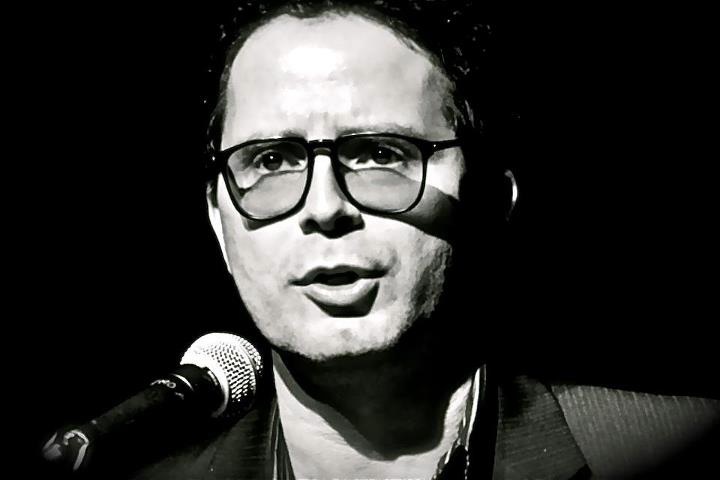Five "uncontacted" tribes are at imminent risk of extinction as oil companies, colonists and loggers invade their territiories. The semi-nomadic groups, who live deep in the forests of Peru, Brazil and Paraguay, are vulnerable to common western diseases such as flu and measles but also risk being killed by armed gangs, according to a report by Survival International, which identifies the five groups as the most threatened on Earth.
Little is known about the group of 50 Indians who live along the River Pardo in the western Brazilian Amazon, although there is plenty of evidence for their existence, including communal houses, arrows, baskets, hammocks, and footprints along river banks. "Loggers operating out of Colniza have forced them to be constantly on the run, unable to cultivate crops and relying solely on hunting, gathering and fishing. It is believed that the women have stopped giving birth," says the report.
Perenco, an Anglo-French oil company working in a proposed Indian reserve in northern Peru, is endangering several uncontacted tribes, says the report. "The company plans to send hundreds of workers into the region. In recent weeks, indigenous protesters have blockaded the Napo river in order to prevent Perenco boats from passing. In response, a naval gunboat was called in to break the blockade."
One group is believed to be a sub-group of the Waorani, and another is known as the Pananujuri. Perenco denies the tribes exist.
Other tribes in trouble include several living near the Envira river in the Peruvian Amazon. "They are being forced to flee across the border into nearby Brazil. Despite being provided with evidence of their existence, Peru's government has failed to accept that uncontacted Indians are fleeing from Peru to Brazil. Peru's president, Alan Garcia, has suggested the tribes do not exist," says the report.
Ranchers are bulldozing land where a fifth group lives - the Ayoreo-Totobiegosode in the Chaco forest of western Paraguay. This week a Paraguayan court ruled that a company had the right to log on their land, further endangering their existence.
There are believed to be more than 100 uncontacted groups in the world. They are concentrated in Latin America, and aerial photographs of one uncontacted tribe in Brazil's Acre state captured headlines a year ago. But as many as 40 could live in West Papua, where vast areas of forest and mountain have been barely explored.
"They remain in isolation because they choose to, and because encounters with the outside world have brought them only violence, disease and murder. They are among the most vulnerable peoples on Earth, and could be wiped out within the next 20 years unless their land rights are recognised and upheld," said Stephen Corry, director of Survival.

No comments:
Post a Comment